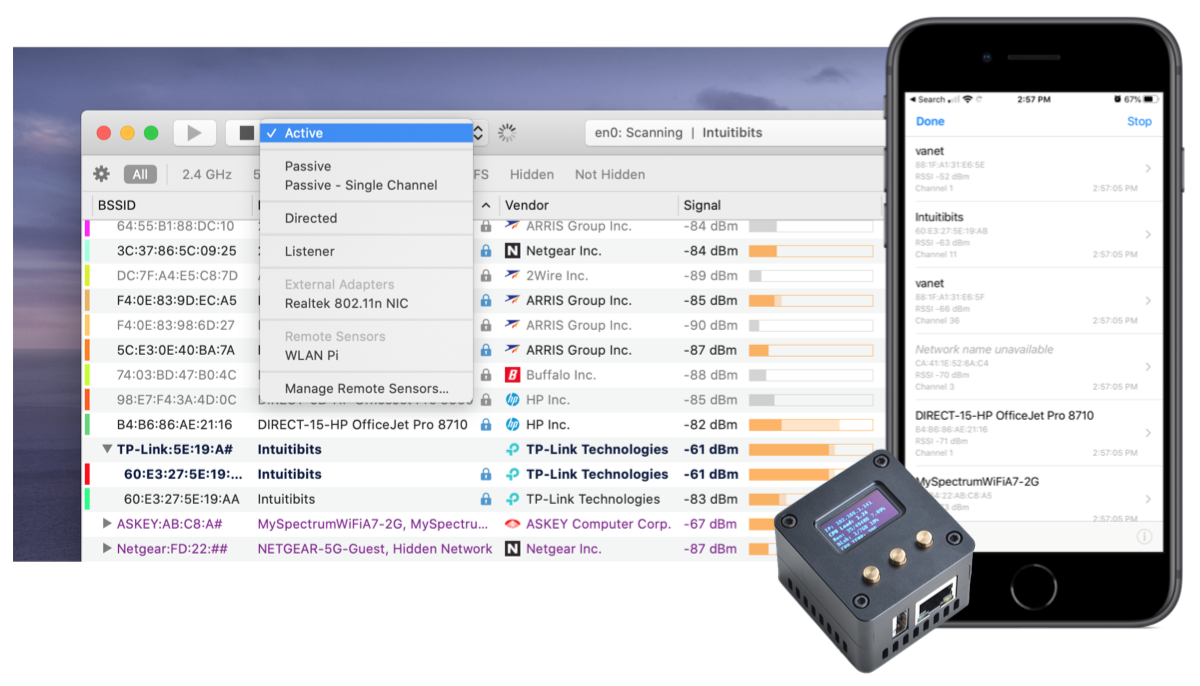

The only one we’d caution against is KisMAC2 because it lacks some basic functionality and documentation. Each product in this review has pros and cons, depending on your particular needs. There’s no big winner or loser in this review, but we did like WiFi Explorer as a basic stumbler. Though we reviewed KisMAC2, we were only able to utilize the internal AirPort card of the MacBook, thus unable to test out the hidden SSID capability.
#Wifi explorer review drivers#
This is why I’d caution against solely using a Mac-based stumbler when surveying, troubleshooting, and auditing Wi-Fi networks.įrom what we could gather, it appears some Wi-Fi tools that support non-AirPort drivers will recognize and even reveal hidden SSIDs, such as KisMAC2 and Kismet. However, this doesn’t help when you don’t know if they exist. By contrast, most Windows-based stumblers would typically list it with a blank/unknown SSID.īut there’s an exception some Mac-based stumblers will show the hidden SSID and its details after you connect to the SSID. This means a hidden SSID usually won’t appear on the network list at all.
#Wifi explorer review for mac os x#
Hidden SSIDs and Mac OS Xĭue to the current limitations of Apple’s CoreWLAN API, most Wi-Fi stumblers for Mac OS X don’t fully support hidden SSIDs. The Mac Edition of inSSIDer Office was still in beta, but it looks nearly identical to the Windows Edition, which we recently reviewed.


#Wifi explorer review pro#
Full-screen mode and split-view supportĪre you a wireless engineer or IT professional working in the design, validation, management, or troubleshooting of enterprise wireless networks? Consider WiFi Explorer Pro 3.Customizable colors for easily tracking particular networks.Editable column for labels or annotations.Access point name discovery (if supported).Save results for later review and analysis.Export metrics and network details to CSV file format.Detailed description of information elements (IE) advertised by the access point for advanced troubleshooting.Accurate conversion from dBm to percentage (%) for more straightforward analysis and optimization.



 0 kommentar(er)
0 kommentar(er)
